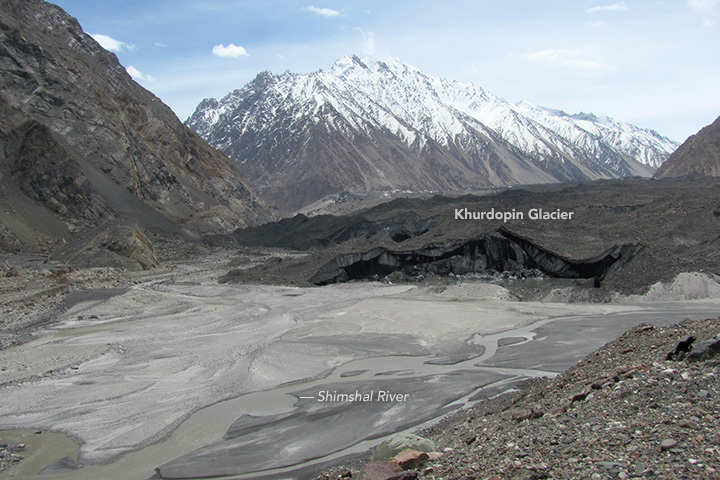Archivo:Khurdopin glacier & Shimshal River.jpg
Apariencia
Khurdopin_glacier_&_Shimshal_River.jpg (720 × 480 píxeles; tamaño de archivo: 183 kB; tipo MIME: image/jpeg)
Historial del archivo
Haz clic sobre una fecha y hora para ver el archivo tal como apareció en ese momento.
| Fecha y hora | Miniatura | Dimensiones | Usuario | Comentario | |
|---|---|---|---|---|---|
| actual | 04:47 9 ago 2017 |  | 720 × 480 (183 kB) | Tillman | {{Information |Description ={{en|1=Several of the glaciers that flow into this valley surge, meaning they cycle through periods when they flow forward several times faster than usual. Since the valley is narrow and has a river running through it, su... |
Usos del archivo
La siguiente página usa este archivo:
Uso global del archivo
Las wikis siguientes utilizan este archivo:
- Uso en bs.wikipedia.org
- Uso en ca.wikipedia.org
- Uso en cdo.wikipedia.org
- Uso en en.wikipedia.org
- Uso en sl.wikipedia.org
- Uso en sr.wikipedia.org
- Uso en sv.wikipedia.org
- Uso en www.wikidata.org



